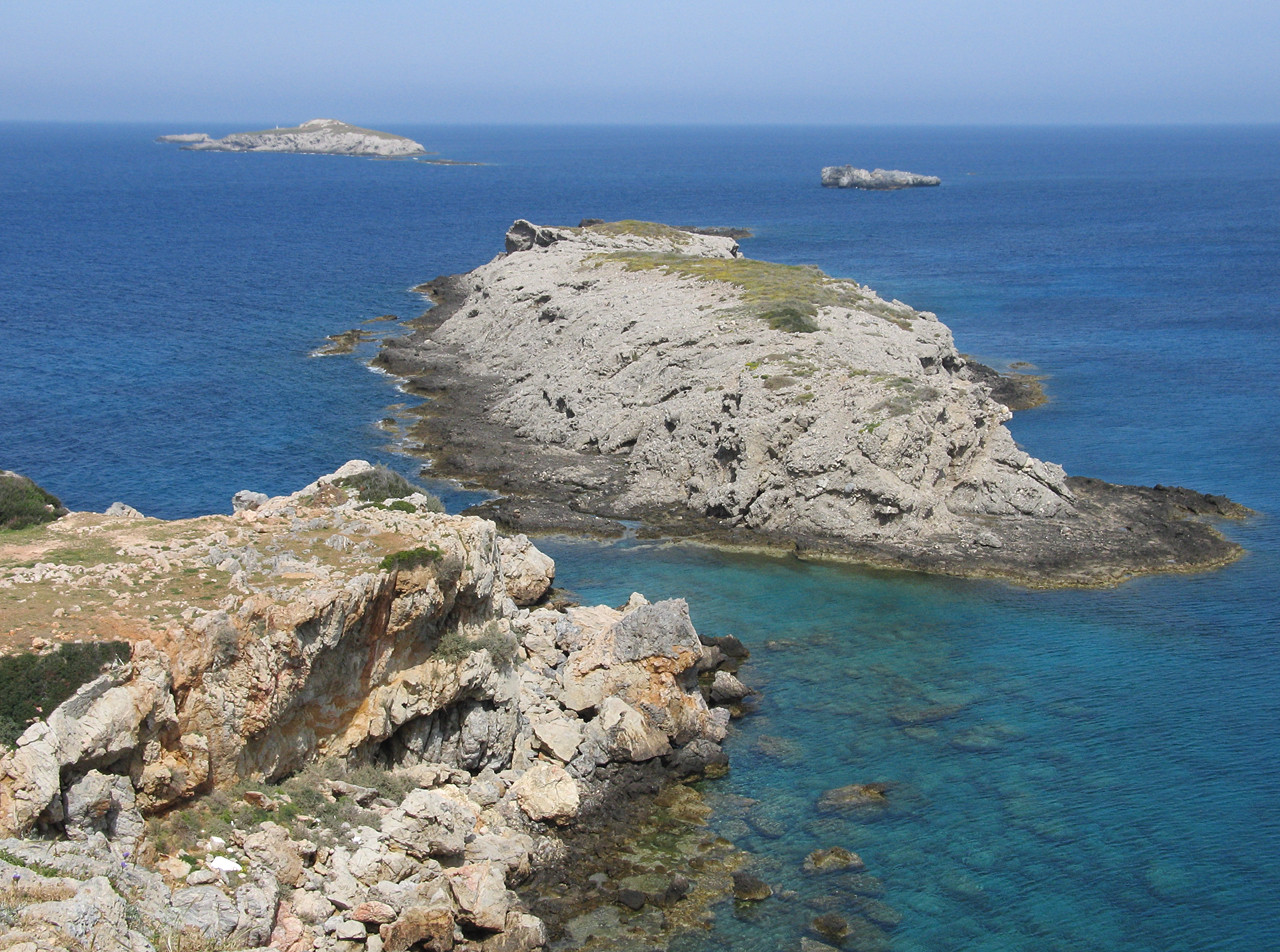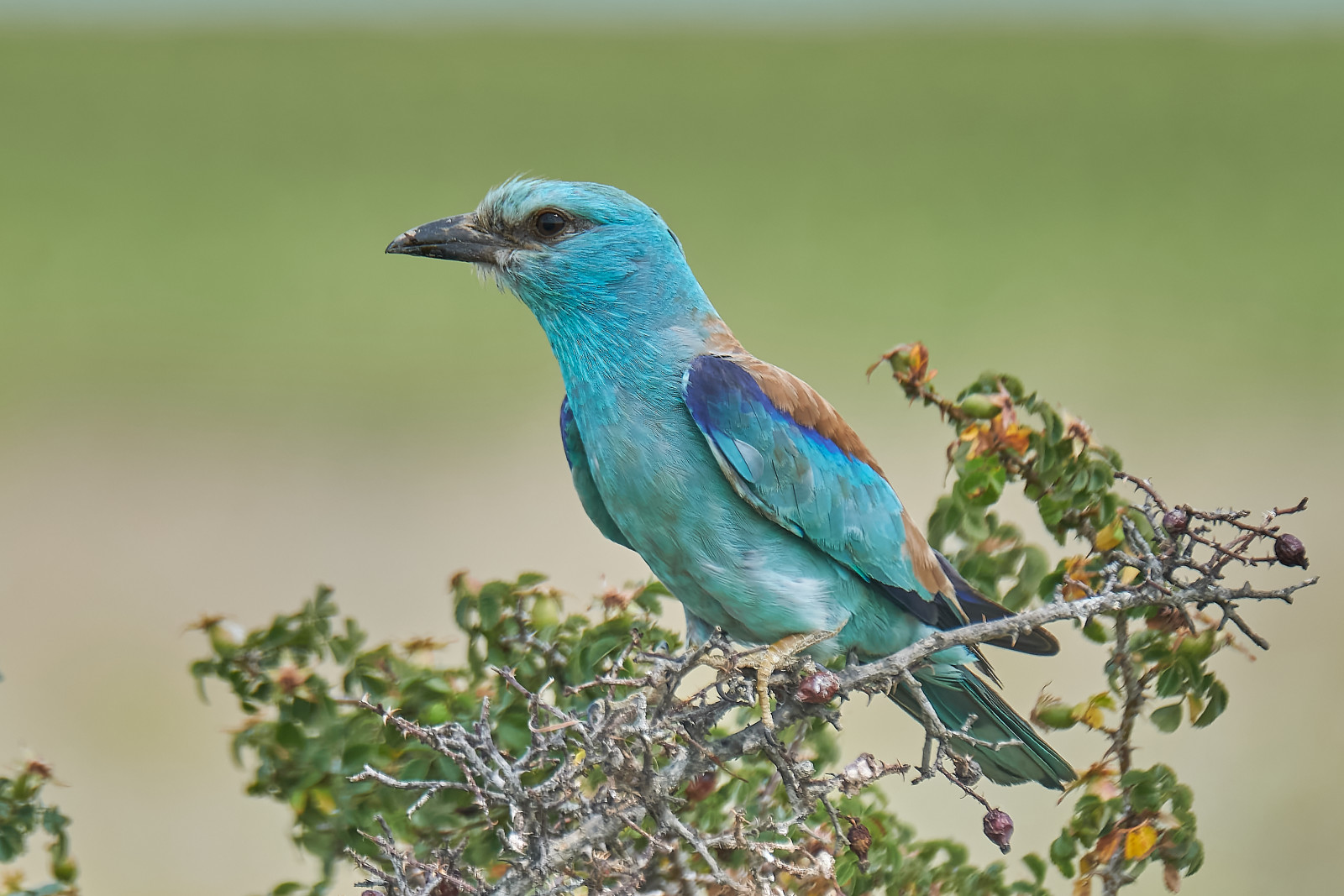Charger images
Les formats d'image autorisés sont de type jpeg, png ou gif
La taille maximale du fichier doit être de 20MB


One of the migration hotspots of the eastern Mediterranean, on the tip of the Karpaz Peninsula
North Cyprus is a relatively underexplored area for birding, but the Karpaz Peninsula, the island's panhandle, offers some of the best birding in the eastern Mediterranean. Cape Apostolos Andreas, at the tip of the peninsula, is only 109km from the coast of Syria. It's an ideal place to witness bird migration as almost any species that migrates between Africa, Asia and Eastern Europe can potentially be found here.
In spring, herons, Ibis falcinelle, Vanneau éperonné and other wading birds are funnelled along the east coast and past the Cape from the wetlands in Famagusta. Many raptors fly over, including Buse féroce, Bondrée apivore, Busard pâle, Circaète Jean-le-Blanc, Aigle pomarin, Faucon kobez and Faucon d'Éléonore. Though non-migratory, the rare Aigle de Bonelli can also be seen here.
Some of Europe's most colourful and charismatic bird species breed on the Karpaz: Rollier d'Europe, Guêpier d'Europe, Loriot d'Europe, Pie-grièche à tête rousse, Pie-grièche masquée and Huppe fasciée. Any of them may turn up at the Cape during migration and it's definitely worth checking further inland in the juniper scrub-forest for them, plus any other migrating passerines. There, you may also find Cyprus' resident Petit-duc scops, which is considered to be a separate species to the rest of the population.
Other passage migrants include Goéland ichthyaète, Monticole de roche, Pie-grièche à poitrine rose, Fauvette orphéane and many more. Perdrix choukar, Francolin noir, and Goéland d'Audouin are resident. One of the rarest finds here was a Roselin de Lichtenstein in April 2017. The bird list below is not complete.
Apart from birds, there are several species of lizards and snakes on the Karpaz, including starred agama, Schneider's skink, Mediterranean chameleon and European blind snake. There are also Middle East tree frogs, long-eared hedgehogs, feral donkeys and many species of butterflies and moths.
There are two main routes to North Cyprus - you can fly to Ercan via Turkey or fly to an airport in the south of Cyprus and drive to the north. There is no public transport to the Cape so the only way to get there is by car. The main road is called Karpaz Anayolu and once you get to the Dipkarpaz area, you can take a route along the north or the south coast of the peninsula on the way to the Cape. There are a few hotels and motels near the Cape, and when you get close, the road becomes unpaved. There is plenty of space to park when you get there.
Votre feedback sera transmis à l’auteur.rice de cette zone et à l’équipe éditoriale de Birdingplaces, qui l’utiliseront pour améliorer la qualité des informations. (Vous souhaitez publier un commentaire visible en bas de page ? Fermez cette fenêtre et choisissez l’Option 1 : « Publier un commentaire, un conseil ou une observation ».)
Veuillez fournir des suggestions d'améliorations ou d'ajouts au texte de ce site ornithologique.
Veuillez fournir vos suggestions d'améliorations ou d'ajouts à la carte.
Veuillez fournir des suggestions d'améliorations ou d'ajouts à la liste des oiseaux.
Cliquez sur l'icône de l'oiseau () Insérez les noms d'oiseau dans votre langue. Ils seront automatiquement traduits pour les autres usagers !